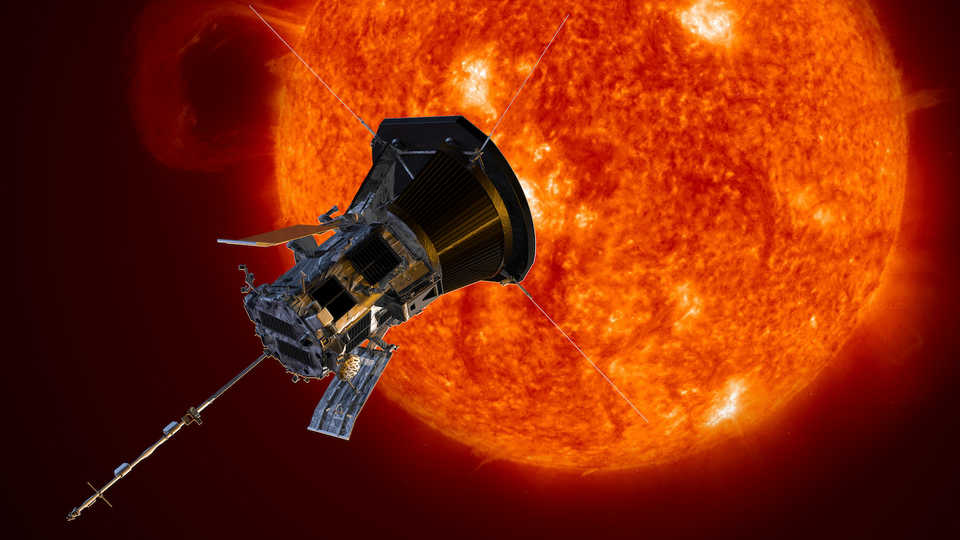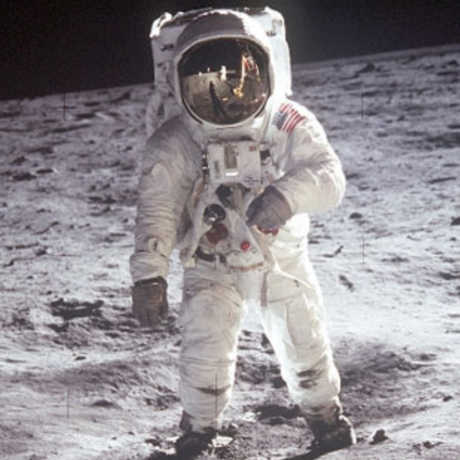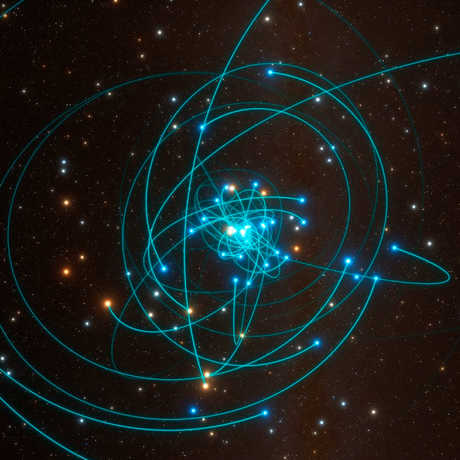Here at the Morrison we have a unique opportunity to talk to all kinds of audiences about, and discover what they find the most interesting. I have found that we mostly get the same questions over and over again. “What is a black hole?” “Are Aliens Real?” “What is Pluto called now?” Those questions get asked on a nearly daily basis, while other questions are more transient. Often those other questions are about recent happenings in astronomy, and will come up a few times in a week before trailing off.
It has been four months since the launch of the Parker Solar Probe, and we are still getting questions about it! After many hour-long commutes across the Bay, I think I have figured out why. At first I thought it was because the mission is truly unprecedented: the probe is going to swoop closer and closer to the Sun, all-the-while studying the elusive corona, the source of the frightening and fascinating solar wind, two oft-overlooked features we’re still struggling to figure out. It is Icarus come again! But no, I think the reason it’s stuck around is because we spent ONE AND A HALF BILLION dollars to TOUCH THE SUN.
That statement reads very differently depending on your opinion of space exploration:
If you, like us here at Morrison Planetarium, are a general proponent of NASA, then it’s awesome. It’s actually maybe the most awesome thing that we’ve done since we touched the Moon (nearly fifty years ago). The Sun is the second most important part of our solar system (after us), and knowing exactly what’s going on is a long time coming—well worth the cost.
But,
If you have a more critical view of NASA and its funding, then it reads like a horrifying misappropriation of taxpayer money. We spent $1.5 billion hurling an incredibly expensive object with many million dollars worth of heavy metals and complex machinery toward the Sun where it will melt—this is the most wasteful thing we have ever done.
Now there are good reasons to visit the Sun (here are a bunch from NASA), and the economics of NASA are nearly beyond reproach. And if that’s still not enough, the team behind the Probe released this, which looks like the trailer for a Christopher Nolan movie. Personally, I love the mission because it’s a reminder that we still don’t know everything, even about the things we have studied the most. When we find new things in space, we tend to compare them to the familiar—the Sun, the Moon, the Earth—and so it’s easy to forget how much we still have to learn about them. At the end of the day, I think it’s wonderful that the Parker Solar Probe has crossed over into the public sphere before it’s even sent us any meaningful data. The next few years are going to be an exciting time to talk about the Sun.




